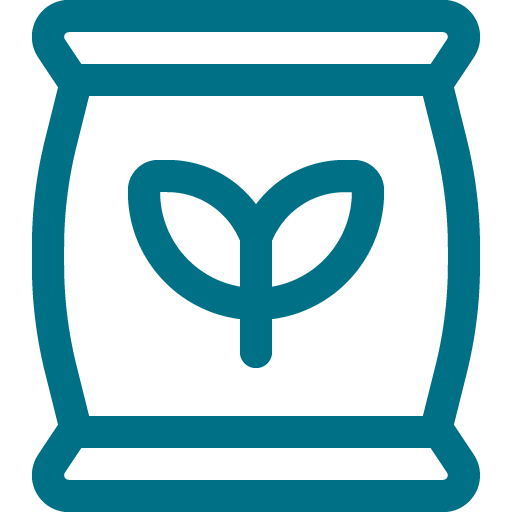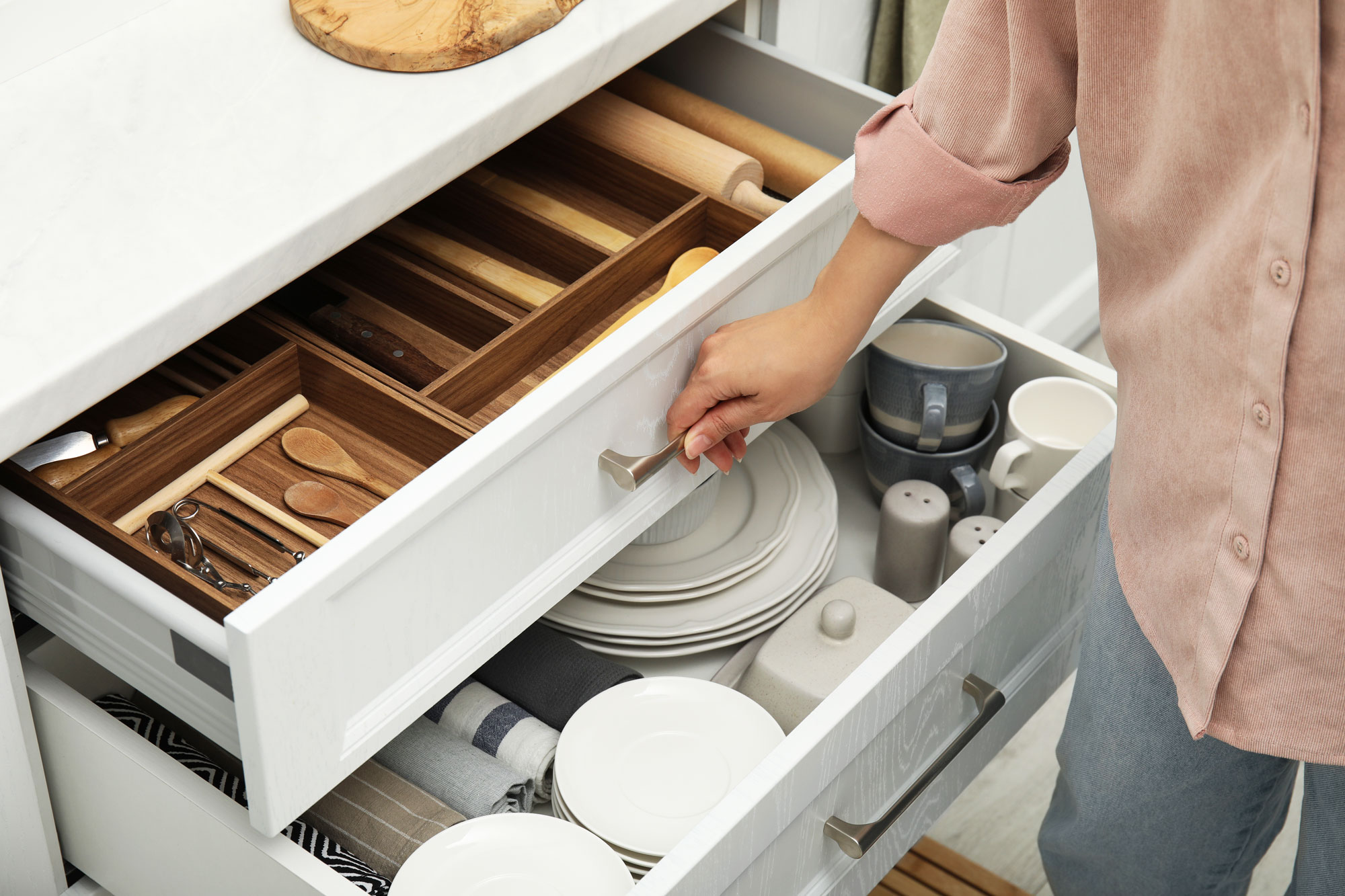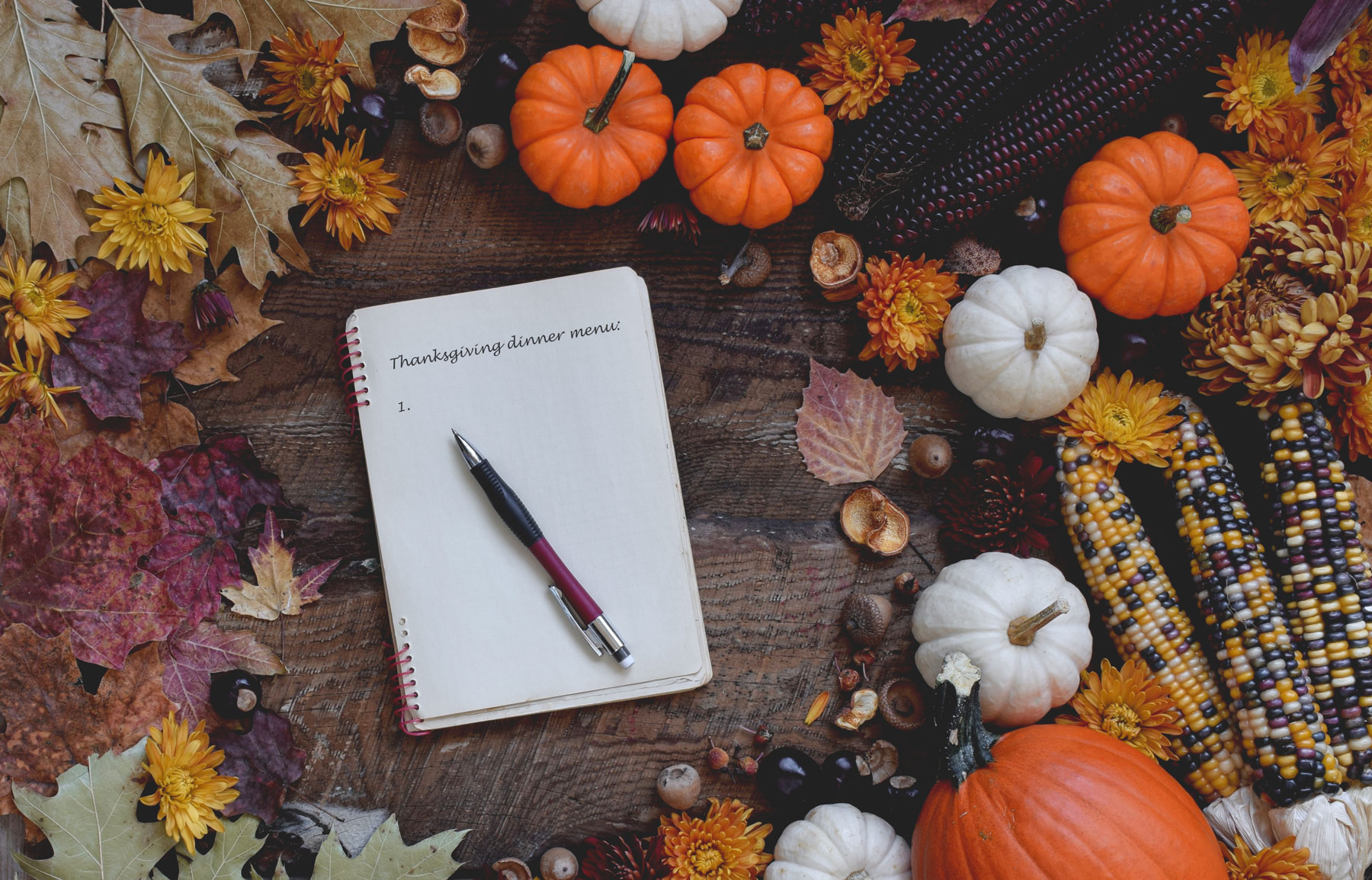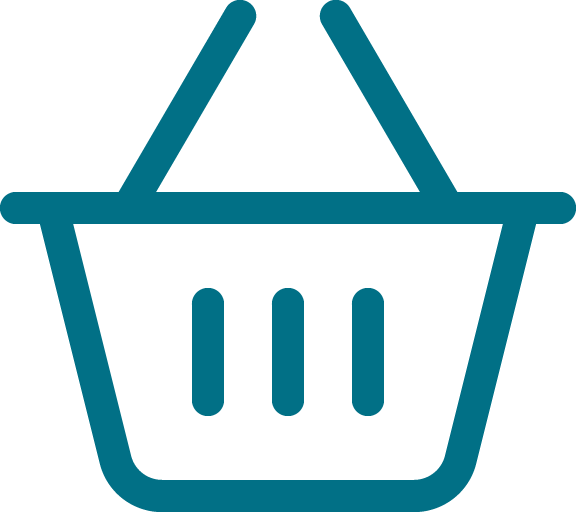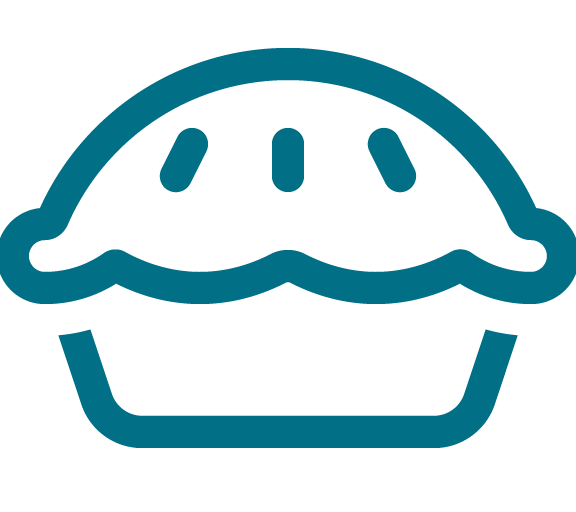
by Jayme Radomski | Dec 8, 2024 | Cleaning, Closets, Clutter, Cooking & Kitchen, Eating & Kitchen, Organizing, Pantry
Preparing your home for December holidays can make the season more joyful and stress-free. Having a plan can help you prepare and avoid procrastination and last minute, unnecessary purchases. Top Shelf Home Organizing has four areas to plan and focus on to keep you focused on the reasons for this busy season.
Sort and Declutter: Go through your holiday decorations and discard or donate broken or unused items.
Plan Placement: Decide where your tree, lights, and other decorations will go to avoid last-minute rearranging.
Store Smartly: Keep unused decor in labeled bins for easy access. Purge the décor you repeatedly decide not to use.
Clean and Stock: Clear out expired items and stock up on baking essentials and festive staples (e.g., spices, flour, and beverages).
Plan Serving Ware: Ensure you have enough plates, glasses, and serving dishes for guests.
Prep in Advance: Organize your recipes and ingredients for holiday meals to save time later.
Declutter Common Areas: Tidy up living rooms and clear surfaces for decorations or entertaining.
Guest Room Prep: If hosting guests, freshen up linens, clean closets, and add festive touches like candles or small gifts.
Seating Arrangement: Plan seating for larger gatherings to avoid scrambling for chairs.
Inventory: Take stock of gifts already purchased and make a list of remaining items to buy.
Set a Wrapping Station: Keep wrapping paper, tape, scissors, and tags in one area for easy access. Have a plan to use the wrapping supplies you already have. This will help avoid storing excess holiday wrap supplies the remainder of the year.
Hide Gifts: Choose designated hiding spots for gifts to avoid clutter or surprises being found too early.
Planning ahead and scheduling out all of your holiday preparations will help save you stress, time and money. If preparing for a holiday brings too much stress, Top Shelf Home Organizing can help. Reach out to Jayme to see how we can help you during these busy times.
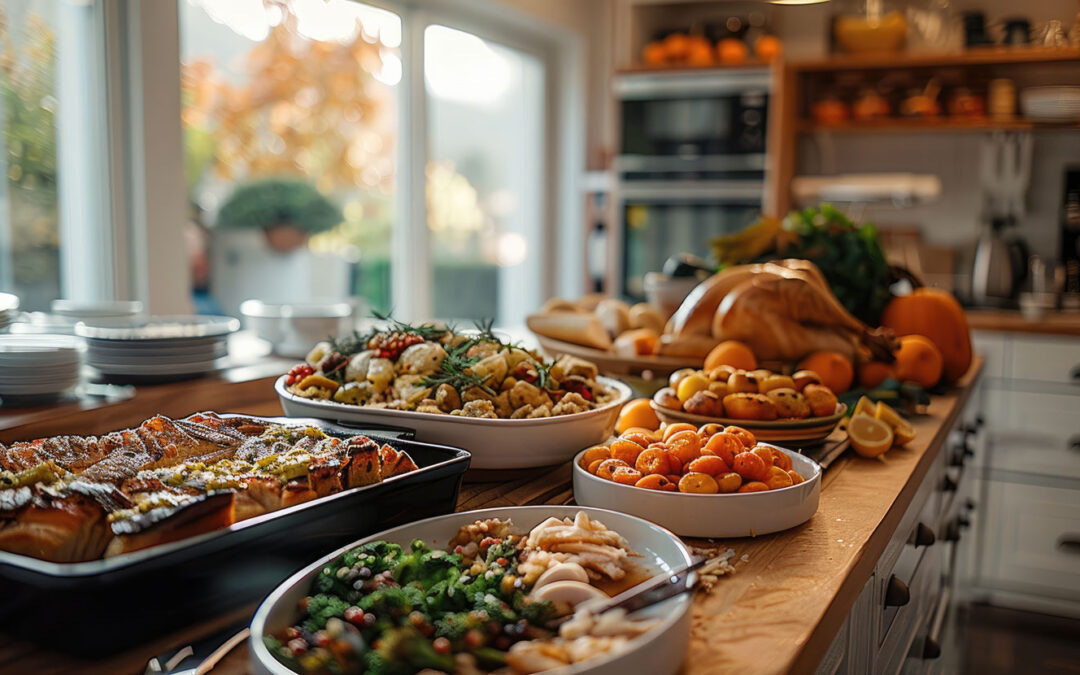
by Jayme Radomski | Nov 12, 2024 | Bathroom, Cleaning, Closets, Clutter, Cooking & Kitchen, Eating & Kitchen, Organizing, Pantry
Getting your home ready for Thanksgiving can make the holiday feel more enjoyable and less stressful. Top Shelf Home Organizing has eight key areas to focus on:
Clear surfaces in the living room, kitchen, dining area, and entryway. Remove unnecessary items to create an inviting, open space for guests to gather.
This includes cleaning appliances like the oven, stove, fridge, and microwave. Make sure you have enough counter space and clean tools for all your cooking and serving needs.
Sort through your pantry to ensure you have the essentials like spices, flour, sugar, and canned goods. Toss out expired items to make room for Thanksgiving ingredients.
If you have a separate dining room, set the table with plates, napkins, and cutlery ahead of time. Consider adding a table centerpiece or festive decorations to bring a holiday feel.
If you have guests staying over, ensure the guest rooms are fresh and clean with extra towels, fresh sheets, and any essentials they may need.
Make sure bathrooms are well-stocked with essentials like toilet paper, soap, hand towels, and any air fresheners. A small basket with extra amenities can make guests feel welcome.
Clear any shoes, bags, or coats that might clutter the space where guests first arrive. You could also add hooks, a small rug, or a shoe rack to manage belongings.
Decide on a spot where guests can serve themselves food and drinks. It could be a kitchen counter, buffet table, or even a sideboard. Having this ready will make serving easier and keep the flow in the dining area relaxed.
Getting organized early will let you focus on enjoying the holiday and spending time with family and friends! If your busy schedule prevents you from organizing your home, Top Shelf Home Organizing is here to help. Reach out to Jayme to schedule a consultation.

by Jayme Radomski | Sep 16, 2024 | Closets, Cooking & Kitchen, Eating & Kitchen, Organizing, Pantry, Wardrobe
Organizing your home can be a great way to prepare for the upcoming fall and winter months. Here are seven important areas to focus on:
Swap out your summer wardrobe for fall and winter clothes. Store away summer items and bring out warmer clothing, including jackets, sweaters, and boots. Donate or sell items that don’t fit, appear worn or no long fit your style.
Check your pantry for expired items. Meal plan around items that need to be used. If needed, restock with essentials for fall cooking, such as spices, baking ingredients, and canned goods. Organize your kitchen to make meal preparation easier as the holiday season approaches.
Prepare your garden and outdoor spaces for the colder months. Clean up the yard, store away summer furniture, and consider planting fall flowers or vegetables.
Ensure your heating systems, such as furnaces and fireplaces, are in good working order. Schedule maintenance if necessary and stock up on firewood if you have a wood-burning fireplace.
Now that everyone is back to their school and work routines, take some time to reassess work spaces and supplies. Adjust the areas as needed.
d
Start planning for upcoming holidays. This could include organizing decorations, making gift lists, or starting to think about travel plans.
Take the time to declutter your home. Go through each room and get rid of items you no longer need or use. Donate, sell, or recycle these items to free up space and reduce clutter.
Focusing on these areas can help ensure a smooth transition into the fall season and holiday.

by Jayme Radomski | Aug 8, 2024 | Closets, Cooking & Kitchen, Eating & Kitchen, Organizing, Pantry, Wardrobe
August is a great time for busy families to organize their homes in preparation for the upcoming school year and the changing seasons. Top Shelf Home Organizing created a list of six areas to focus on:
Set up a dedicated homework station with all necessary supplies.
Review your inventory of notebooks, pens, pencils, and other school essentials. Purchase more if needed.
Organize backpacks, lunchboxes, and school uniforms.
Sort through clothes and donate or store outgrown or unused items.
Make a list of clothing items needed to avoid over purchasing.
Organize summer clothes and start transitioning to fall attire.
Use labeled bins and baskets for easier access and maintenance.
Clean out the pantry and discard expired items.
Meal plan around existing food and supplies.
Plan and prep meals for busy school nights.
Organize snacks and lunch supplies for easy packing.
Create or update a family calendar with important dates, activities, and appointments.
Set up a command center with a whiteboard, bulletin board, or planner.
Include a chore chart and weekly meal plan.
Organize shoes, coats, and bags for quick and easy access.
Set up a system for keys, mail, and other daily essentials.
Use hooks, shelves, and baskets to keep everything tidy.
Sort through toys and donate or store those that are no longer used.
Organize toys in bins or shelves for easy access and cleanup.
Create a designated play area to keep toys contained.
These tasks can help create a more organized and efficient home, making the transition into the busy school year smoother for everyone. Top Shelf Home Organizing loves to help busy families get ready for the school year. Contact Jayme to see how we can help you.
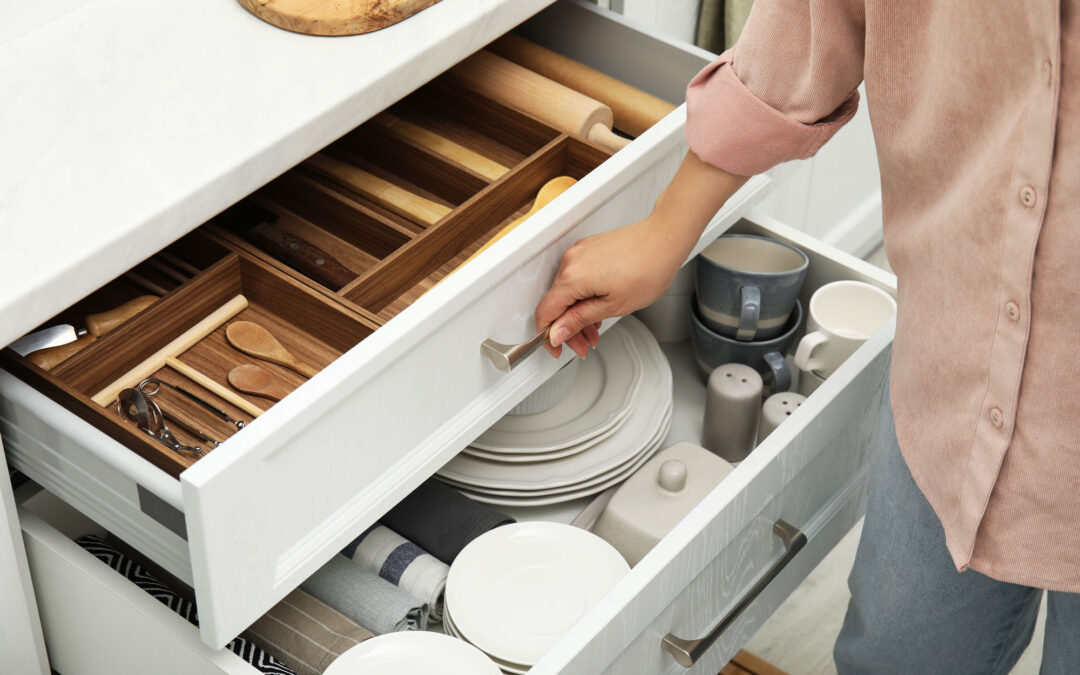
by Jayme Radomski | Jan 8, 2024 | Bathroom, Cleaning, Closets, Clutter, Cooking & Kitchen, Digital, Eating & Kitchen, Office, Organizing, Pantry, Self Care, Bathroom
Organizing your home in January is a great way to start the year fresh and create a more comfortable and efficient living space. Here are some suggestions for areas you might consider organizing. Choose one or two impactful areas to start.
- Declutter by removing items that don’t belong or that you no longer need.
- Clean and organize entertainment centers, shelves, and tables. Wipe furniture down while it’s emptied.
- Clean out your pantry and discard expired items. Plan your meals based on remaining items.
- Organize kitchen cabinets and drawers. Consider using containers for loose items if it makes sense.
- Wipe down and clean appliances.
-
Rotate and flip your mattress.
-
Launder and store seasonal bedding and clothing.
-
Declutter bedside tables and dressers.
- Go through your clothes and donate or sell items you no longer wear.
- Organize clothes by category (e.g., shirts, pants, dresses) and color.
- Consider investing in storage solutions like bins, baskets, or closet organizers after you have gone through your clothes.
- Dispose of expired medications, toiletries, and beauty products.
- Remove products you do not like. Donate unopened items you do not want.
- Organize cabinets and drawers, using containers or dividers.
- Wipe down cabinets and drawers for a fresh start.
- Scrub toilets and showers.
n
- Declutter your workspace. Remove unnecessary items.
- Organize cables and cords.
- Clean your computer and backup important files.
i
- Sort through important documents. File or scan items you need. Shred or recycle documents you don’t need.
- Set up an organized filing system for unopened mail, bills to pay, items to file and items to do. It is also good to have a tax file where you can dump any items you will need for preparing your taxes.
- Clean up your computer desktop and organize files.
- Back up important digital files and photos.
- Clear unused apps from your smartphone.
- Dust and clean all surfaces.
- Clean windows and curtains.
- Deep clean carpets, rugs, and upholstery.
Remember to set realistic goals and take it one step at a time. Breaking down the tasks into smaller, manageable steps can make the process less overwhelming. Consider involving other members of your household to make it a collaborative effort. Join an on-line decluttering group such as 30-Day Declutter Challenge to keep you motivated and accountable.
Being organized is a process, and it’s important to approach it at a pace that feels comfortable for you. Start small, plan one event at a time and develop systems to maintain organization. Gradually, you’ll experience the positive impact and being organized will come naturally. If organizing is daunting task, the professional organizers at Top Shelf Home Organizers are happy to help. Contact Jayme for a consultation.
by Jayme Radomski | Nov 13, 2023 | Cleaning, Closets, Cooking & Kitchen, Eating & Kitchen, Gratitude, Organizing, Pantry
Are you hosting Thanksgiving this season? Are you helping a loved one put on the feast? We have brainstormed ten things to get organized right before Thanksgiving.
Finalize your Thanksgiving menu, including appetizers, main courses, side dishes, and desserts.
Make a list of all the ingredients you’ll need.
Create a detailed shopping list based on your menu.
Shop for non-perishable items a few days in advance and perishable items a day or two before Thanksgiving.
If you have a frozen turkey, calculate the thawing time and start thawing it in the refrigerator in advance.
Complete as much prep work as possible in the days leading up to Thanksgiving.
Chop vegetables, make pie crusts, and prepare any dishes that can be stored in the refrigerator until cooking.
Ensure your kitchen is clean and organized before the cooking frenzy begins.
Empty the dishwasher, clean surfaces, and organize utensils and cookware.
Set the table a day or two before Thanksgiving.
Ensure you have enough place settings, napkins, and any special decorations you want to include.
Create a cooking schedule for Thanksgiving day.
Assign specific times for cooking each dish to ensure everything is ready at the same time.
Confirm that all your cooking equipment, such as the oven, stovetop, and kitchen appliances, is in good working order.
Clean and organize common areas where guests will gather.
Set up a designated area for coats and bags.
Have a backup plan in case something goes wrong.
Know where to find local takeout options or have a few simple backup dishes that can be prepared quickly.
By organizing these aspects before Thanksgiving, you’ll be better prepared to enjoy the holiday with your people.
Remember that being organized is a process, and it’s important to approach it at a pace that feels comfortable for you. Start small, plan one event at a time and develop systems to maintain organization. Gradually, you’ll experience the positive impact and being organized will come naturally. If organizing is daunting task, the professional organizers at Top Shelf Home Organizers are happy to help. Contact Jayme for a consultation.



















